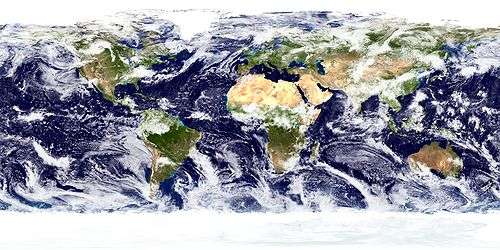Saint Lawrence Lowlands
The Great Lakes-St. Lawrence Lowlands is a bowl-shaped landform located near to the Great Lakes excluding Lake shed the land in the area downwards, depositing soil deeper into the earth, With this process no longer in effect, the deposited soil and land is currently rising up).
The Great Lakes basin area effectively became a lake after the ice sheet melted. However, due to the presence of a deep fault line, all of this water was eventually siphoned into the ocean. Thus, the primary defining historic feature of the lowlands the presence of deep soils within the watershed and estuary of the St. Lawrence River. This feature occurs in more than one distinct Peninsular Ontario south and west of and the surrounding area, including the lower Ottawa Valley and the St. Lawrence below the Thousand Islands, as far as Quebec City. A narrow ribbon of land along both shores of the lower St Lawrence Estuary, hemmed in on the north shore by the Canadian Shield and on the south which faces into the flow of the river, has accreted alluvial soils from the Great lakes basin.
The lowlands are split into these sub-regions by intrusions from adjacent physiographic regions. Peninsular Ontario lowlands are separated from the lowlands of the lower St. Lawrence at the Thousand Islands by the geologic feature called the Frontenac Axis, where ancient granite of the Canadian Shield cross over and become the Adirondacks. The next notable pinching occurs at Quebec City, where again the Shield meets the shore. Anticosti Island and Newfoundland, both being islands, are separated by stretches of open salt water.
There are animals such as warblers, wolves, snowshoe hares, blue birds, white-tailed deer, red-winged black birds, coyotes, frogs, eagles, and beavers. It stretches from Windsor to Quebec City .
Economy
Even though the St. Lawrence Lowlands is the smallest landform region in Canada, it has a dense population and contains most of the population of Quebec. The Lowlands are abundant with agriculture, commerce, recreation locations, and transportation hubs. The St. Lawrence Lowlands is the most heavily industrialized landform in Canada, containing most of the country's manufacturing industries. It contains 70% of Canada's manufacturing systems and 70% of its farmland.
Natural Resources
The soil is very good for agricultural uses. It has the most fertile topsoil in Canada. There are many great farming places.
